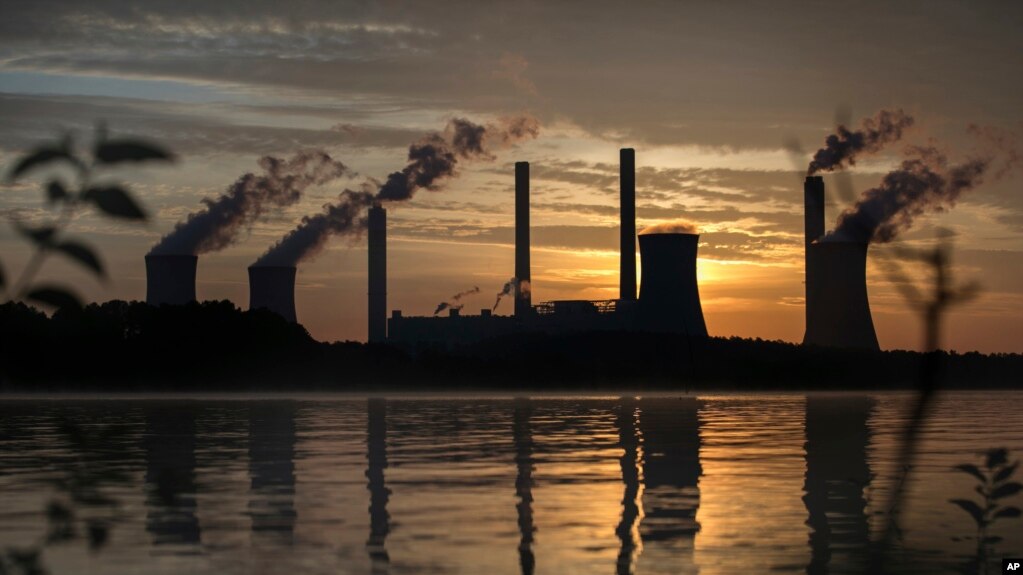ScienceRocks
Democrat all the way!
- Banned
- #1
Runaway greenhouse may be easier to trigger than previously thought, study finds
Scientists estimate that in the inner edge of habitable zone of a star, the runaway greenhouse stage begins.
Read more: ?Runaway greenhouse? may be easier to trigger than previously thought, study finds | Science Recorder
Scientists estimate that in the inner edge of habitable zone of a star, the runaway greenhouse stage begins.
According to a study published July 28 in Nature Geoscience, astronomers at the University of Washington and the University of Victoria say that it may be easier than previously thought for a planet to overheat during the so-called runaway greenhouse stage (See the study here: Low simulated radiation limit for runaway greenhouse climates).
During the runaway greenhouse stage, a planet absorbs more solar radiation than it can bounce back to outer space, which causes the planet to lose equilibrium and overheat. When this occurs, the oceans and other large bodies of water evaporate and saturate the atmosphere with steam. This leaves the planet uninhabitable akin to the conditions scientists have observed on Venus.
Scientists estimate that in the inner edge of habitable zone of a star, the runaway greenhouse stage begins. When scientists reevaluated this classic planetary science scenario with novel computer modeling, they discovered that the runaway greenhouse stage had a lower thermal radiation threshold than previously believed.
Read more: ?Runaway greenhouse? may be easier to trigger than previously thought, study finds | Science Recorder



